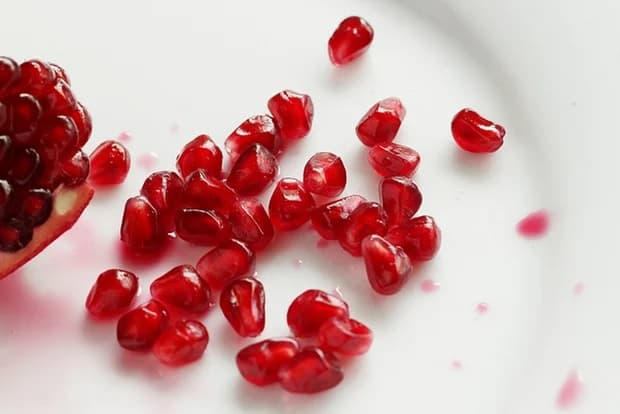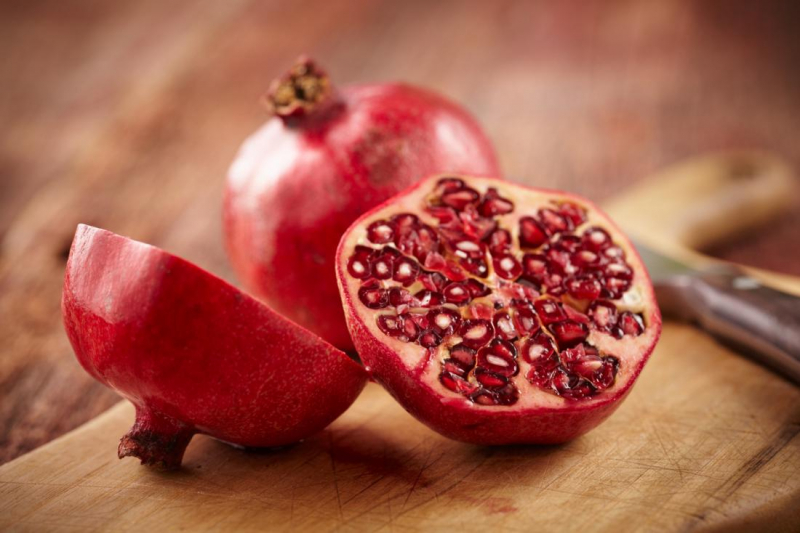Pomegranate

Chile is one of the top suppliers of pomegranates for Europe and the United States. This fruit has been cultivated widely in this country for a long time. Originally, pomegranate was a native fruit of the Mediterranean region. Spanish settlers delivered this fantastic fruit to Spanish America in the 16th century, and this fruit has become famous across the Americas. The locals consider the pomegranate the fruit kingdom’s crown jewel in Chile.
The pomegranate is a 5 to 10-m tall shrub or small tree with many spiny branches. It has a long lifespan, with some specimens in France living for 200 years. The leaves of P. granatum are 3-7 cm long, 2 cm wide, shiny, narrowly rectangular, and whole. The flowers have three to seven petals, are bright red, and have a diameter of 3 cm. Some unproductive cultivars are bred just for their flowers. The pomegranate fruit husk, which is reddish-purple in color, is made up of two layers: an outer, hard pericarp and an interior, spongy mesocarp (white "albedo"), which makes up the inner wall of the fruit to which the seeds are attached. A pomegranate can contain anything from 200 to 1,400 seeds.








